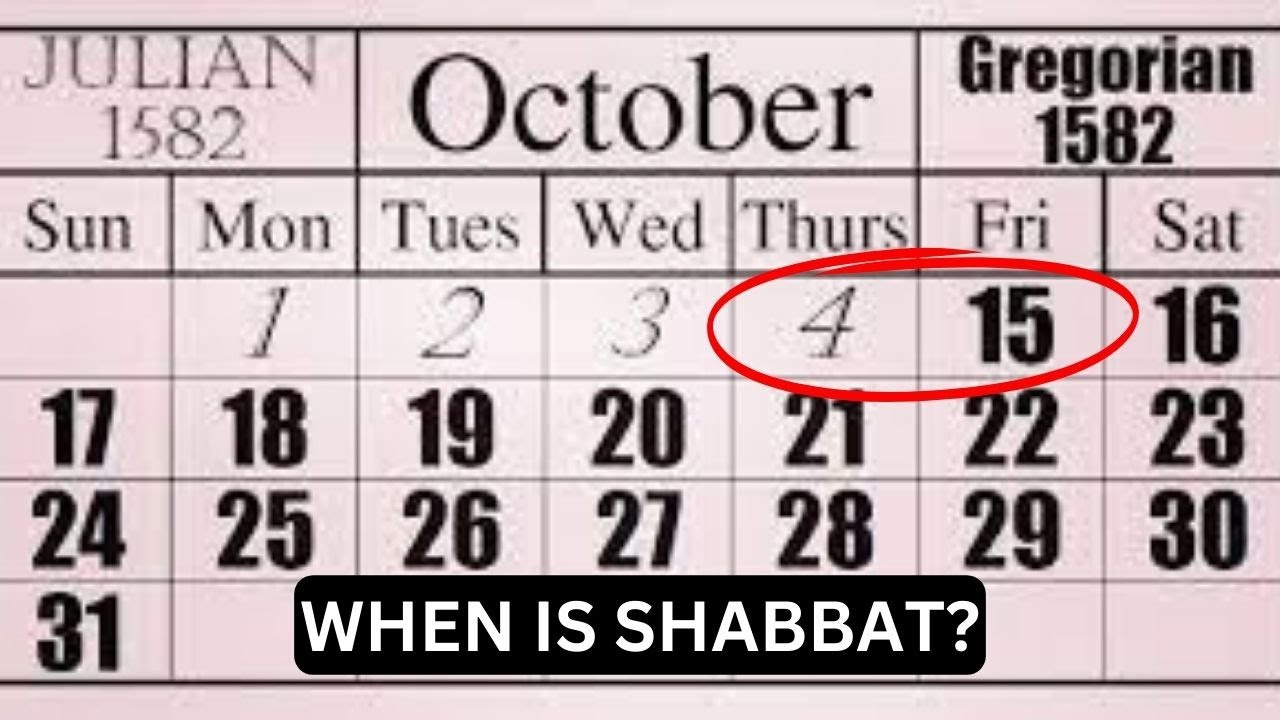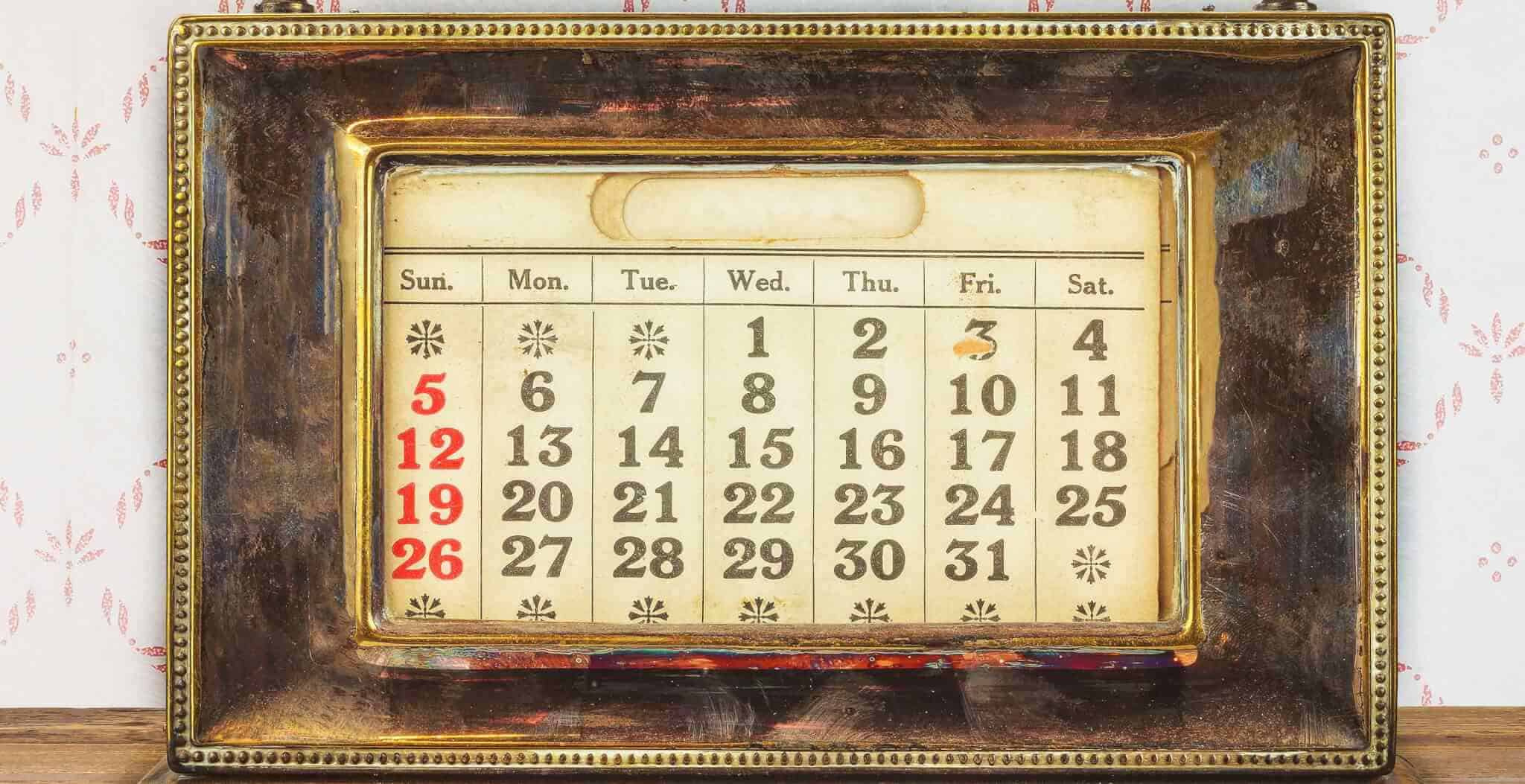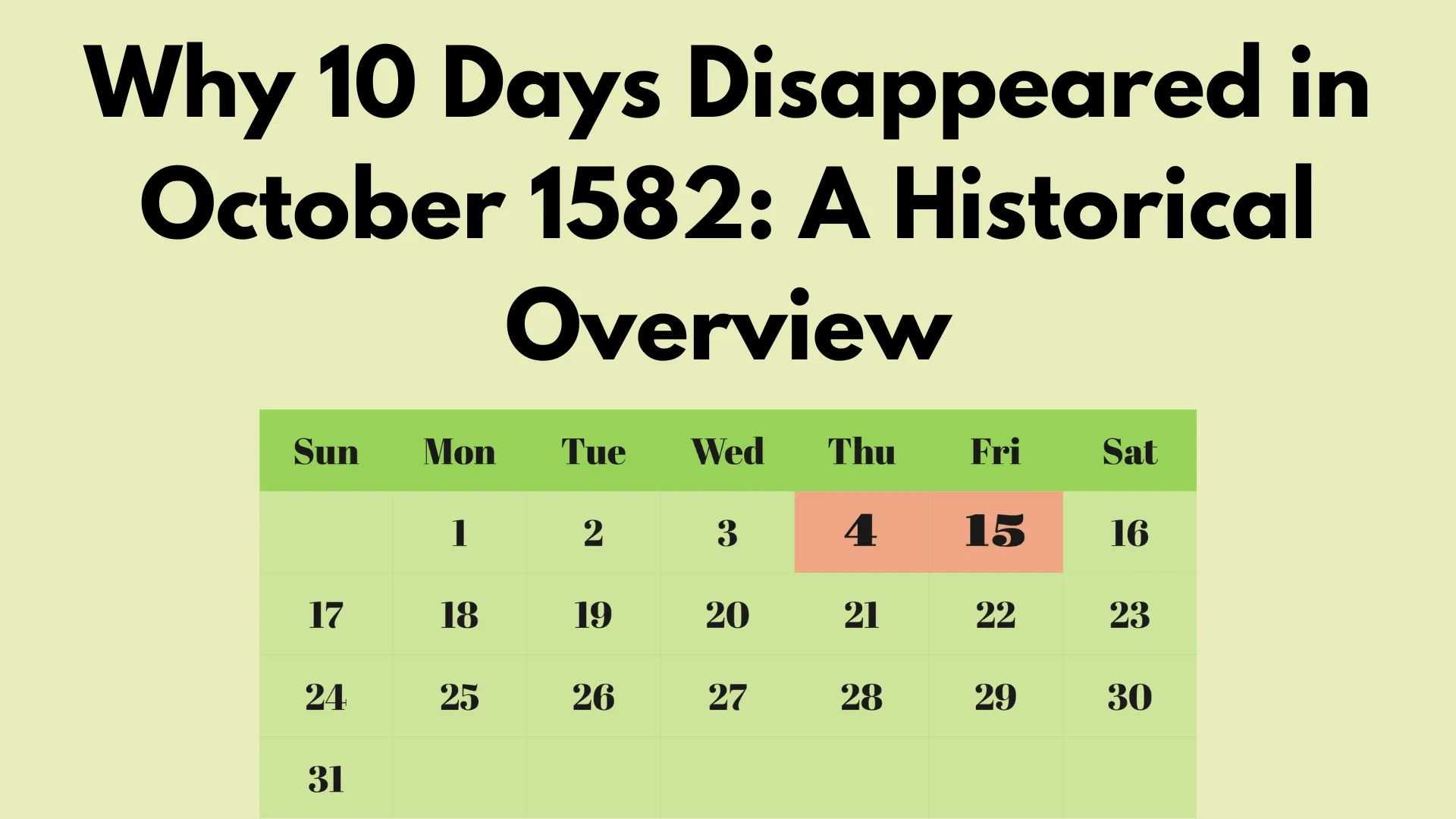September 1752 October 1582 Calendar – It’s time to take control of your time. A September 1752 October 1582 Calendar can be your secret weapon. Visualize your daily tasks, mark your deadlines, and plan ahead with ease. The power to organize your life is in your hands – act now and embrace a more efficient lifestyle!

Journeying through Time: September 1752
Imagine stepping back in time to September 1752, when the Gregorian calendar was introduced in Britain and its colonies. As you navigate through the days of this historic month, you would notice a peculiar anomaly – the calendar skipped from September 2nd to September 14th. This adjustment was made to align the calendar with the astronomical year, correcting the discrepancy that had accumulated over centuries. While the initial confusion may be disorienting, it’s fascinating to witness the transition to a more accurate and efficient system of timekeeping.
One of the most notable events in September 1752 was the adoption of the new calendar by the British Empire. This transition sparked widespread debate and controversy, as people grappled with the implications of losing eleven days from their lives. Despite the initial resistance, the Gregorian calendar eventually became the standard in most countries around the world. Traveling through this pivotal moment in history offers a unique perspective on the evolution of timekeeping and the cultural impact of calendar reforms.
Exploring September 1752 through the lens of time travel allows us to appreciate the efforts of astronomers and mathematicians who sought to improve the accuracy of the calendar. As we witness the shift from the Julian to the Gregorian system, we gain insight into the complexities of measuring time and the importance of synchronization on a global scale. The journey through September 1752 serves as a reminder of the constant evolution of human knowledge and the enduring quest for precision in our understanding of time.
Delving into History: October 1582
Turning our attention to October 1582, we find ourselves immersed in another significant moment in the history of calendars. This was the month when Pope Gregory XIII introduced the Gregorian calendar, initiating a series of reforms to address the inaccuracies of the Julian system. By skipping ten days and adjusting the leap year rules, the new calendar aimed to bring the calendar year closer to the astronomical year, ensuring greater consistency in the calculation of time. Traveling through October 1582 allows us to witness the impact of these reforms on society and the gradual acceptance of the Gregorian calendar.
In October 1582, the transition to the Gregorian calendar was met with both skepticism and resistance from various quarters. While some embraced the changes as a necessary adjustment, others clung to the familiar rhythms of the Julian calendar. This period of transition marked a turning point in the history of timekeeping, highlighting the challenges of implementing new systems and the cultural significance of calendar reforms. By delving into the events of October 1582, we gain a deeper understanding of the complexities involved in measuring time and the enduring legacy of the Gregorian calendar.
As we journey through the calendar adjustments of October 1582, we are reminded of the interplay between tradition and innovation in the evolution of timekeeping. The transition to the Gregorian calendar represented a major milestone in the quest for accuracy and precision in tracking time. By exploring this pivotal moment in history, we gain a newfound appreciation for the complexities of calendar reforms and the enduring legacy of the Gregorian system. Traveling through October 1582 offers a glimpse into the rich tapestry of human history and the timeless quest for order and harmony in the measurement of time.
In conclusion, embarking on a journey through the September 1752 and October 1582 calendars allows us to traverse the intricate landscapes of timekeeping and witness the transformative power of calendar reforms. As we navigate through these historic periods, we gain a deeper appreciation for the efforts to enhance the accuracy and efficiency of the calendar system. By immersing ourselves in the events of these months, we unlock a treasure trove of insights into the evolution of time measurement and the enduring legacy of the Gregorian calendar. Time travel through the September 1752 and October 1582 calendars is not just a journey through the past but a voyage of discovery into the timeless quest for precision and harmony in tracking time.



RELATED FREE PRINTABLES…
Copyright Notice:
All the images found on this website are collected from various internet sources and are under copyright protection of their original owners. If you own the copyright of any of these images and wish it to be taken down, please inform us.